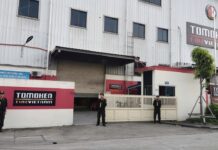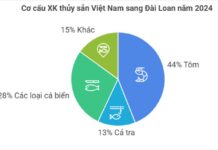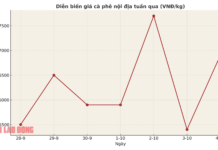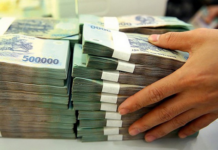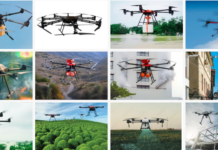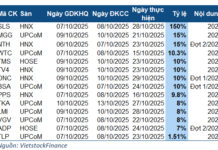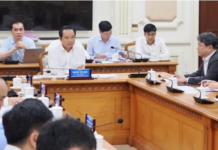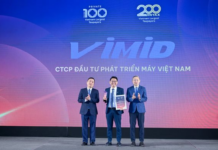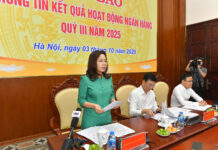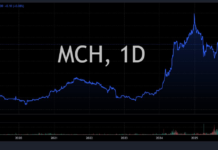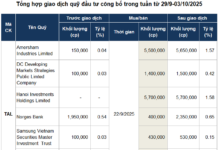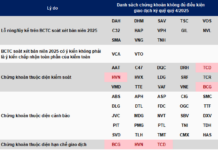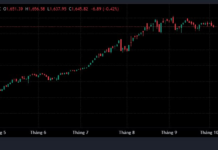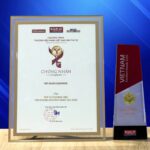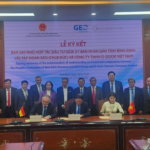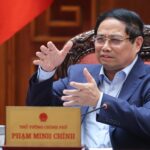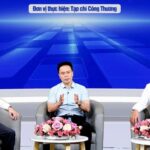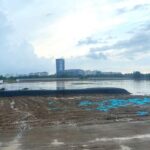At the recent third Vietnam New Economy Forum (VNEF), Mr. Tran Kim Chung, Chairman of CT Group, introduced the concept of the “low-altitude economy.”
Mr. Chung highlighted that CT Group, with 33 years of establishment and growth, comprises 68 member companies operating across 12 core sectors, including 9 key technology industries. Unmanned Aerial Vehicles (UAVs) are a flagship sector, and the low-altitude economy is a pivotal new area in the group’s strategic development.
He explained that the low-altitude economy (LAE) is a comprehensive economic model operating between ground level and 3,000 meters, emerging as a new growth driver for many nations.
According to the CT Group Chairman, LAE is not a standalone industry but an integrated ecosystem merging green and digital economies. It leverages “airspace resources” to achieve productivity far surpassing traditional methods.
A standout feature is its dramatically higher productivity compared to conventional models. In agriculture, a single UAV can cover 67 hectares daily, while manual labor manages only 1 hectare. In power transmission, UAVs complete in one hour what takes workers three days.
“Thus, this economy doesn’t just boost productivity by a few dozen percent but potentially by several dozen times,” Mr. Chung emphasized.
Globally, China launched this model in 2023 with a $69.8 billion (505 billion CNY) investment, projected to reach 1.5 trillion CNY (~$500 billion) by 2025. Many Chinese provinces have adopted resolutions recognizing it as a new growth engine.
In Indonesia, a low-altitude economy committee was established in 2024, inviting CT Group to collaborate strategically with the National Development Planning Ministry (Bappenas).
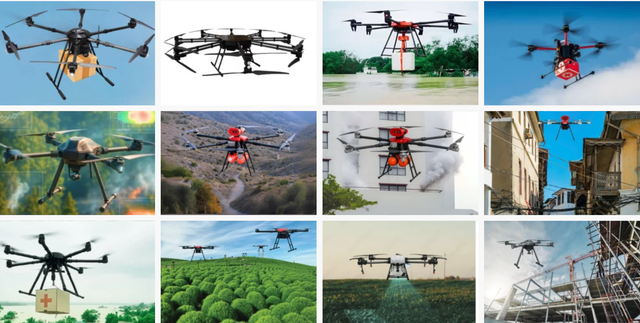
In Vietnam, developing the low-altitude economy offers significant advantages. Its broad applicability spans nearly all ground-based sectors—construction, transportation, agriculture, logistics, energy, security, and tourism—operating between 0 and 3,000 meters.
Additionally, it addresses national challenges, from ensuring food security through precision agriculture to improving urban planning, reducing congestion and pollution, mitigating climate change, and enhancing national defense.
“Mastering the low-altitude economy means Vietnam commands advanced technologies, elevating its position in security and sovereignty dialogues. This globally booming tech trend places Vietnam on equal footing with many nations, offering an opportunity to lead from the start,” he noted.
Based on these insights, CT Group proposed policy recommendations and solutions, including special policies like procurement mechanisms, tax incentives, frequency prioritization, data transmission control, UTM system operations, and streamlined licensing.
In management, Mr. Chung advocated for portal modernization, flight risk categorization, long-term licensing, and automated approvals. Breakthrough solutions include controlled testing mechanisms, intellectual property incentives, special visa policies, and financial tools like tech development banks, state insurance funds, and public procurement frameworks.
Market development and cooperation policies should prioritize Vietnamese products, support global supply chain integration, and foster international partnerships. Institutional enhancements include airspace management planning, technical and safety standards, training and licensing regulations, commercial exploitation guidelines, and security measures against misuse.
Socio-Economic Performance in the First 9 Months: Achieving Significant, Comprehensive, and Positive Results
On October 2nd, Prime Minister Pham Minh Chinh chaired a series of Standing Government meetings, addressing critical issues including the socio-economic landscape in preparation for the upcoming September 2025 regular Government session.
Bridging the Gap: Maximizing Local and Business Potential Through FTA Utilization
The inaugural FTA Index, released in April 2025, reveals persistent challenges in local and business utilization of free trade agreements. Amid rising trade protectionism, pinpointing these “strengths and weaknesses” is crucial for crafting effective solutions and strategic implementation in the years ahead.

